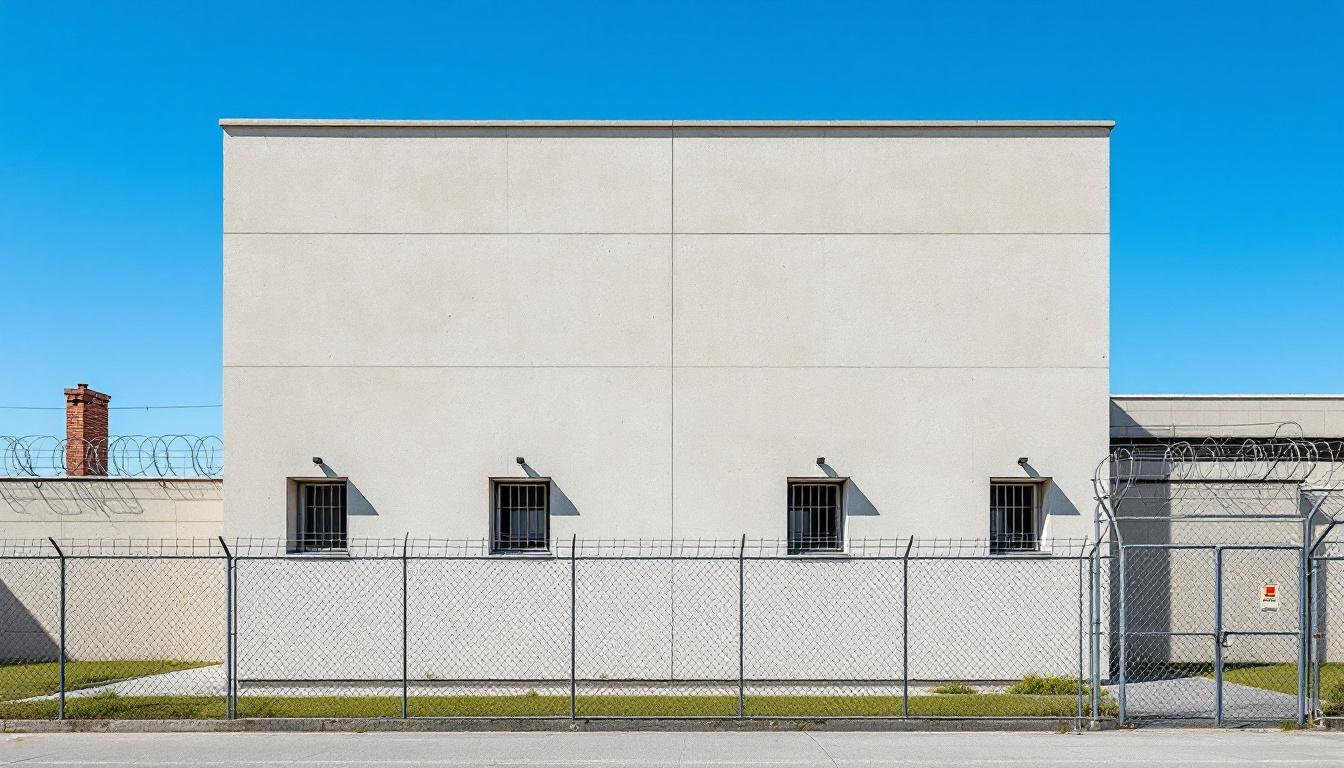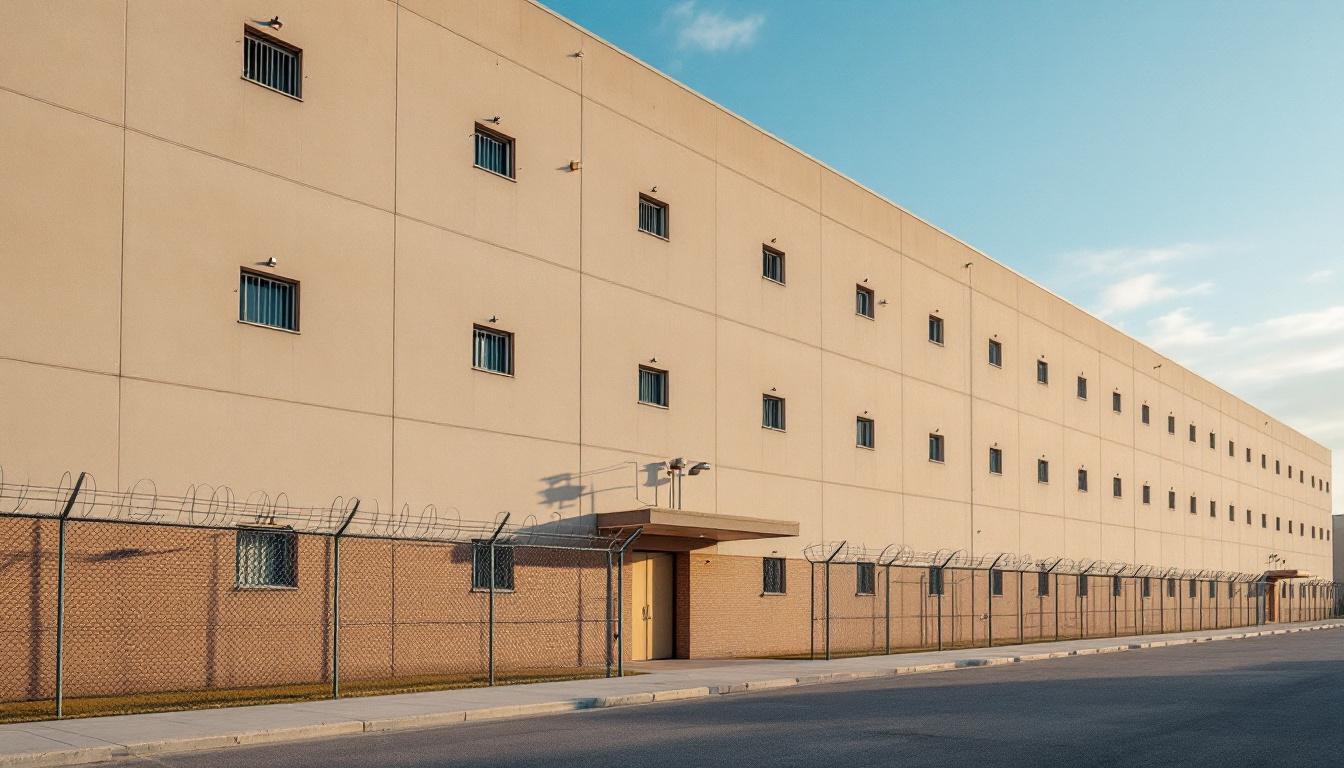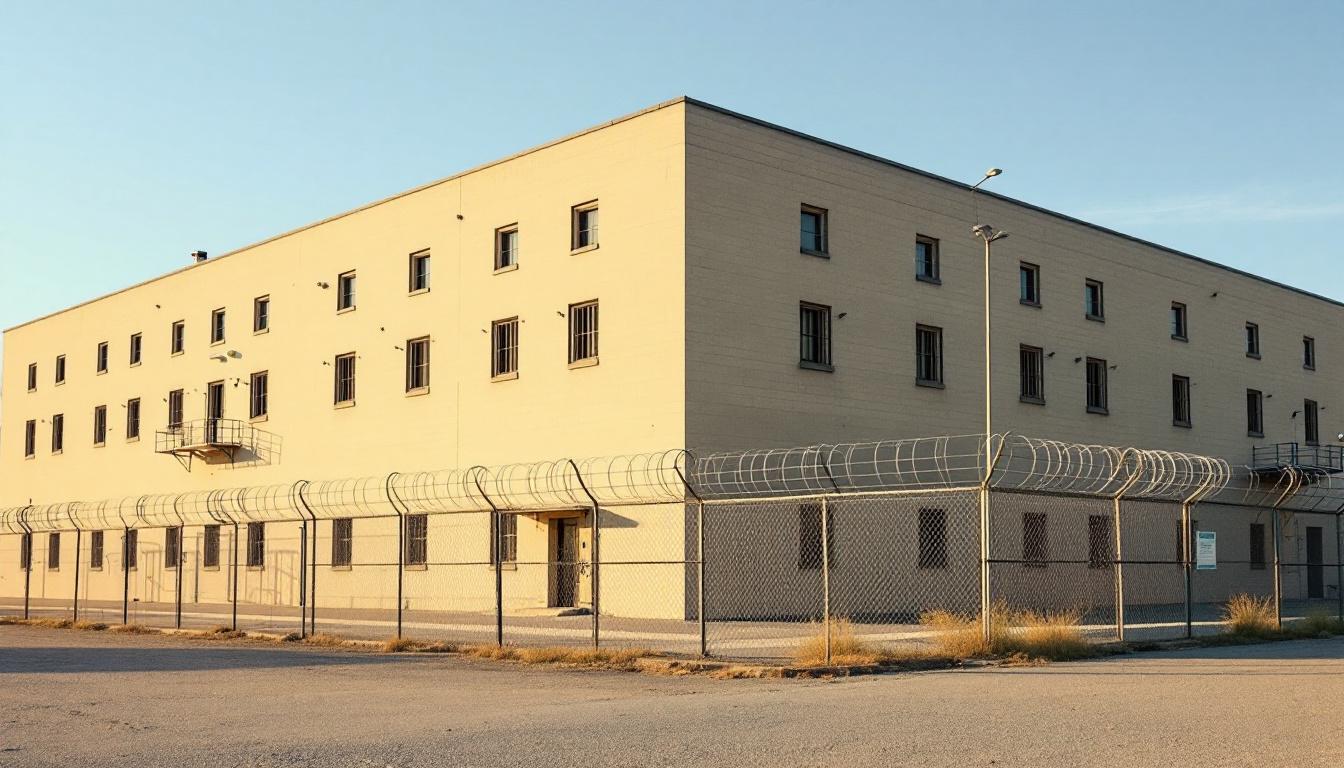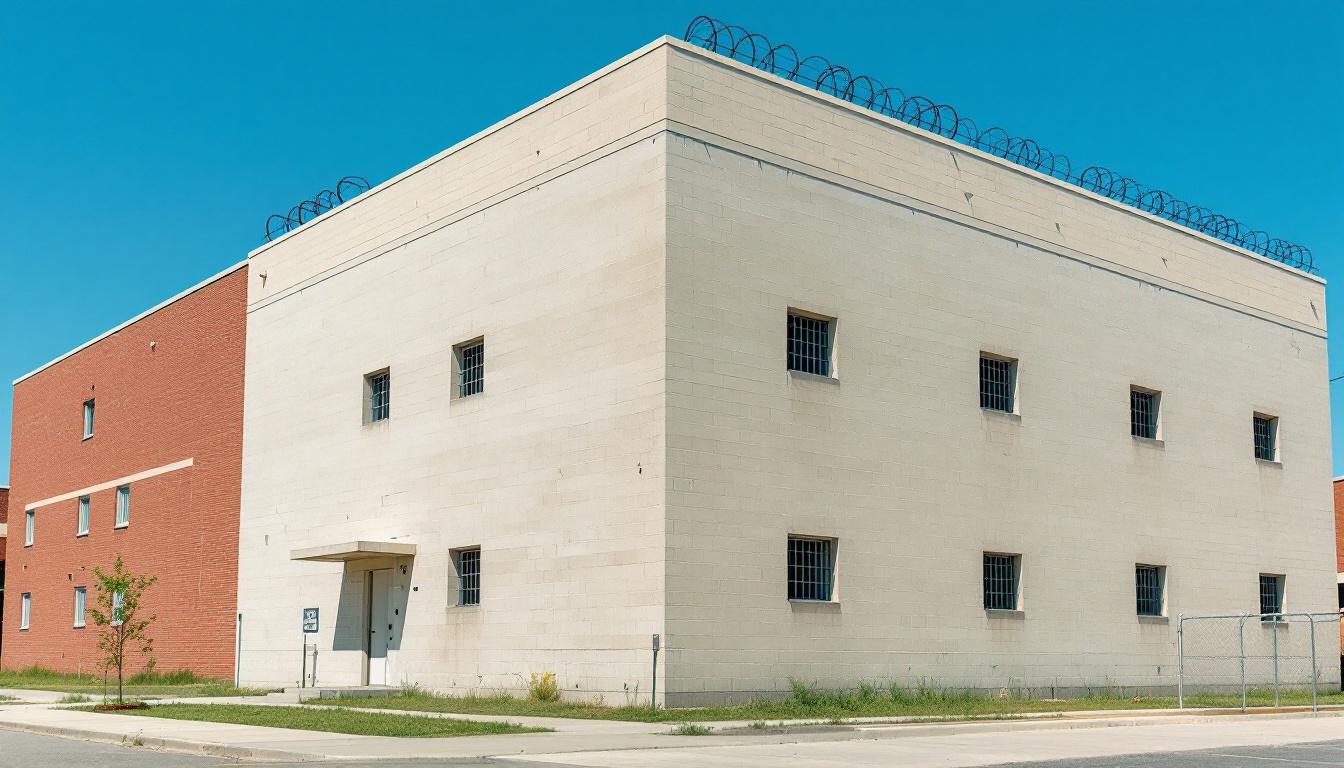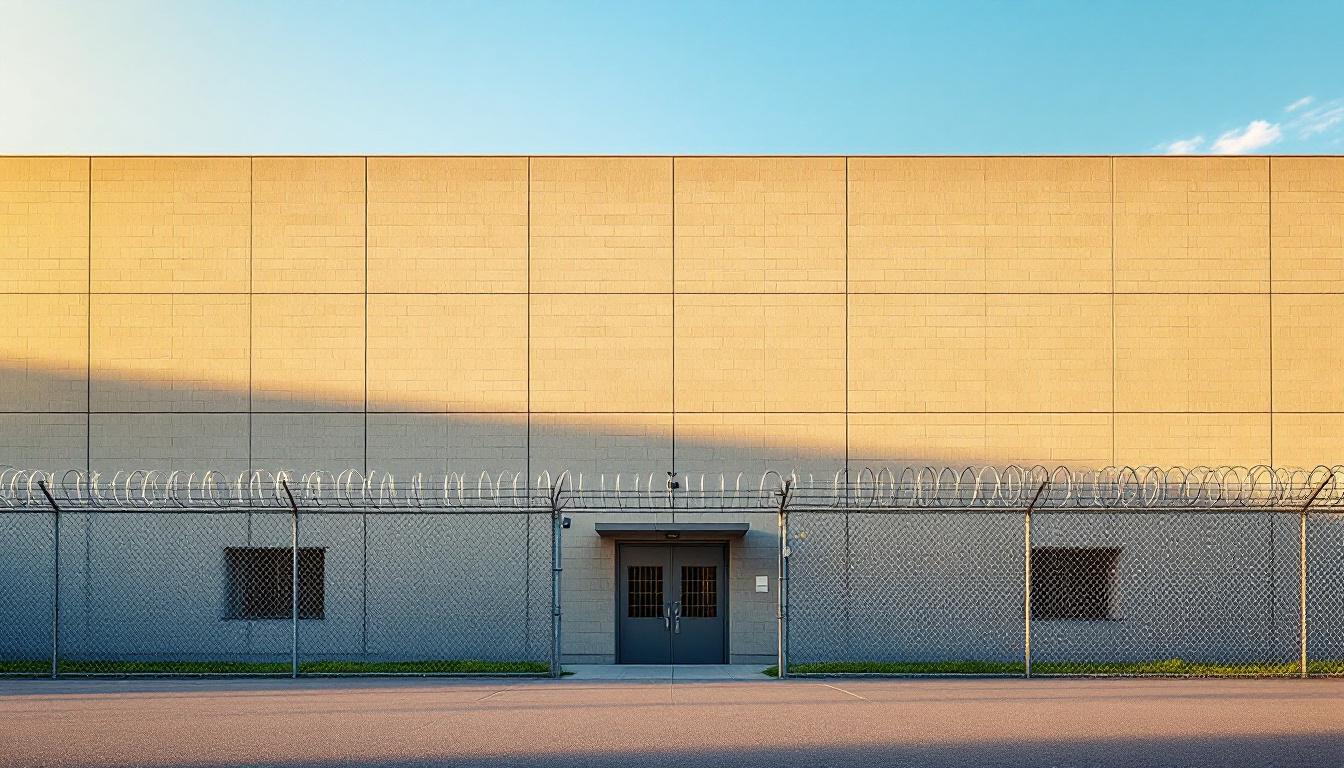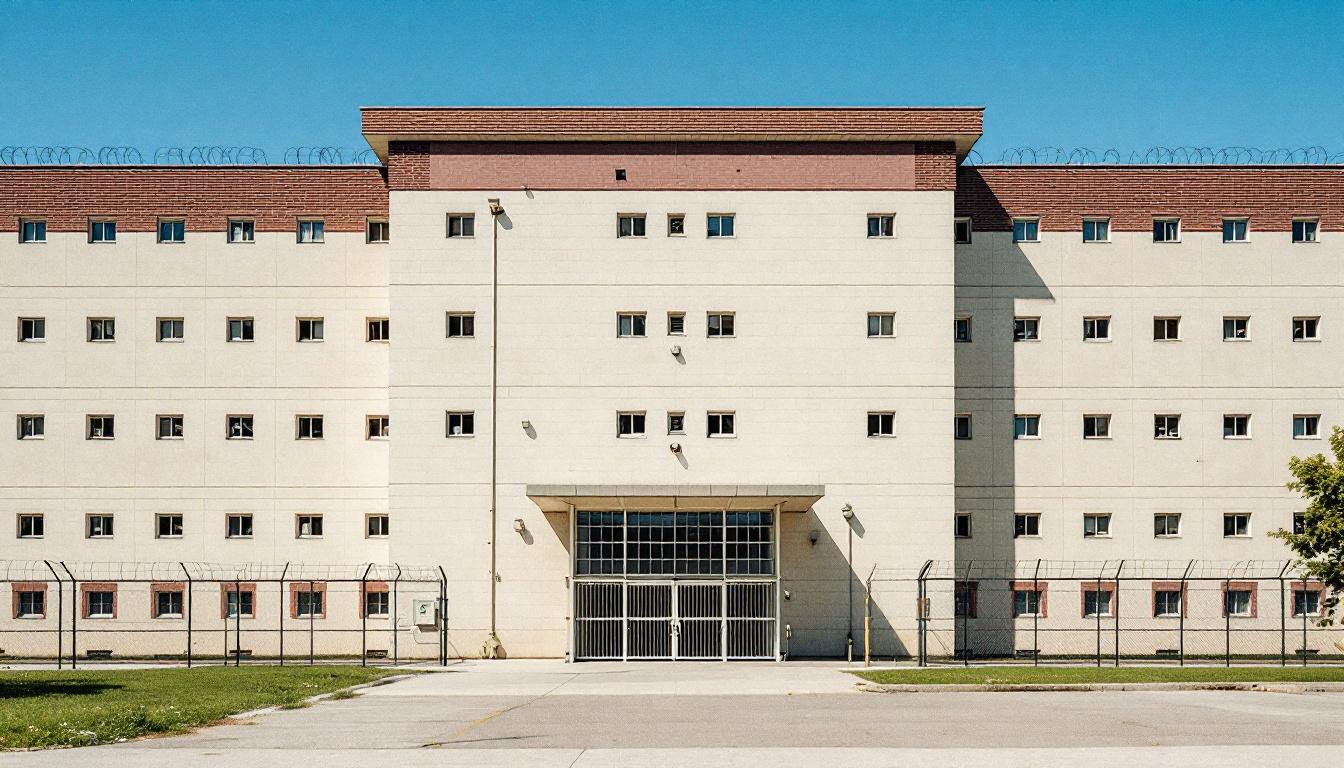
Quick Navigation
How to contact an inmate at Sheridan Correctional Center
This comprehensive guide will walk you through how to connect with an inmate at Sheridan Correctional Center. Follow the steps below to find an inmate and send letters and photos:
- Search for the inmate using our search tool below
- Create your account or log in to Penmate
- Write your message (up to 6,000 characters)
- Send instantly - inmates receive printed copies daily
Find an Inmate
Search for an inmate to start communicating today
Tip: You can search by first name, last name, or inmate ID number
To contact a person at Sheridan Correctional Center start by searching for the person on the facility website. Perform a search by following these steps:
- Step 1: Enter their first name and last name into the search form and click "Search"
- Step 2: Locate their inmate record
- Step 3: Write down their Inmate ID and any housing information provided
Important! Be sure to enter the person's full name. Nicknames should not be used.
How to Send Messages to Inmates

You can use your phone or computer to send emails, letters, and photos to an inmate. Messages are sent electronically to inmate tablets or kiosks at the facility. If you would like to send a message, start by searching for an inmate at Sheridan Correctional Center.
Sending Photos and Postcards

A great way to send love and support to a loved one at Sheridan Correctional Center is to send photos and postcards. It only takes a few minutes to send photos from your phone and it makes a huge difference. You can also mail postcards with words of support and inspiration, or design your own postcard for special moments like birthdays and holidays.
Important! Be sure not to send any explicit photos or they may not be approved by the facility. You can also use a photo printing app like Penmate to make sure your photos are printed at the correct size (4x6 or 3x5) and are mailed according to the rules and regulations of Sheridan Correctional Center.
Frequently asked questions about Sheridan Correctional Center
-
How long does it take to deliver a message?
If you're sending an email message your letter is usually delivered within 24-48 hours. For messages sent via mail you should expect delivery within 3-7 days. All messages will need be approved by Sheridan Correctional Center.
-
How much does it cost to send a message to Sheridan Correctional Center?
You can send a message free using your phone or mail a message via USPS for the price of a $0.60 stamp and envelope. You can also purchase credits or e-stamps from services starting at $1.99.
-
What services can I use to contact an inmate at Sheridan Correctional Center?
Penmate
You can use Penmate to send letters and photos to an inmate from your phone. It's an easy way to stay in touch during your loved one's incarceration. Use the inmate locator to find an inmate's location and contact information, then you can send messages within a few minutes.
Securus messaging
Securus may be another option for communicating with an inmate at Sheridan Correctional Center. You can create a friends and family account and purchase credits to send messages. All messages will be reviewed and must be approved by the facility.
JPay
Some county jails and state prisons may support sending messages with JPay. You must register an account with the system, find your loved one, and purchase stamps to send messages. For some locations you can also attach photos.
Smart Jail Mail
You may also check if Smart Jail Mail is available at Sheridan Correctional Center. Smart Jail Mail is operated by Smart Communications and has contracted with some state and county jails. After purchasing credits, your messages and photos are sent to the facility, printed out, and then handed out to your loved one.
-
What is the mailing address of Sheridan Correctional Center?
Mailing address:
Sheridan Correctional Center
4017 E 2603rd Rd
Sheridan, IL 60551
Phone: (815) 496-2181Business hours:
- Monday: 8:00 AM – 4:00 PM
- Tuesday: 8:00 AM – 4:00 PM
- Wednesday: 8:00 AM – 4:00 PM
- Thursday: 8:00 AM – 4:00 PM
- Friday: 8:00 AM – 4:00 PM
- Saturday: Closed
- Sunday: Closed
-
What are the visiting hours at Sheridan Correctional Center?
Visiting hours at Sheridan Correctional Center vary by housing unit and security level. Generally, visits are scheduled on weekends and holidays, with some facilities offering weekday visits. Contact the facility directly at (815) 496-2181 or check their website for the current visiting schedule. Visits typically last 30-60 minutes and must be scheduled in advance.
-
What items are prohibited when sending mail to Sheridan Correctional Center?
Prohibited items typically include: cash, personal checks, stamps, stickers, glitter, glue, tape, staples, paperclips, polaroid photos, musical or blank greeting cards, hardcover books, magazines with staples, and any items containing metal or electronics. Only send letters on plain white paper with blue or black ink. Photos must be printed on regular photo paper (no Polaroids). Always check with Sheridan Correctional Center for their specific mail policies.
-
How do I send money to an inmate at Sheridan Correctional Center?
You can send money to an inmate at Sheridan Correctional Center through several methods: 1) Online using JPay, Access Corrections, or the facility's approved vendor, 2) Money orders mailed directly to the facility with the inmate's name and ID number, 3) Kiosks located in the facility lobby, or 4) Over the phone using a credit or debit card. Fees vary by method, typically ranging from $2.95 to $11.95 per transaction.
-
Can I schedule a video visit with an inmate at Sheridan Correctional Center?
Many facilities now offer video visitation as an alternative to in-person visits. At Sheridan Correctional Center, video visits may be available through services like Penmate, Securus Video Connect, GTL, or ICSolutions. Video visits typically cost $10-20 for 20-30 minutes and must be scheduled in advance. You'll need a computer or smartphone with a camera and reliable internet connection. Contact the facility for their specific video visitation policies and approved vendors.
-
What identification do I need to visit an inmate at Sheridan Correctional Center?
All visitors must present valid government-issued photo identification such as a driver's license, state ID, passport, or military ID. Minors must be accompanied by a parent or legal guardian who can provide the minor's birth certificate. Some facilities require visitors to be on the inmate's approved visitation list, which may require a background check. Contact Sheridan Correctional Center for specific ID requirements and visitor approval procedures.
-
How can I find out an inmate's release date?
To find an inmate's release date at Sheridan Correctional Center, you can: 1) Use the online inmate search tool if available, 2) Call the facility's records department, 3) Contact the inmate's case manager or counselor, or 4) Have the inmate provide this information during a call or visit. For privacy reasons, some facilities only release this information to immediate family members.
Facility Overview
Contact Information
Sheridan Correctional Center4017 E 2603rd Rd
Sheridan, IL 60551
Phone: (815) 496-2181

About Sheridan Correctional Center
Nestled in the rural landscape of north-central Illinois, Sheridan serves as home to a correctional facility that emphasizes collaborative approaches to offender management and community reintegration. SHERIDAN CORRECTIONAL CENTER operates within Illinois’s broader correctional network, focusing on evidence-based practices that support residents through structured programming and comprehensive support services designed to address the underlying factors contributing to criminal behavior.
The facility typically maintains a service-oriented philosophy that recognizes rehabilitation as a multifaceted process requiring coordination between various departments and community stakeholders. Residents may have access to educational opportunities, vocational training programs, and behavioral intervention services that work together to build essential life skills and promote positive behavioral changes. Mental health and substance abuse counseling services often form core components of the facility’s approach, addressing critical needs that frequently intersect with criminal justice involvement.
Programming at this IL correctional facility generally reflects the understanding that successful reentry requires comprehensive preparation and ongoing support systems. Educational initiatives may include literacy programs, GED preparation, and post-secondary opportunities, while vocational components often focus on developing marketable skills aligned with regional employment opportunities. The facility’s location in Sheridan allows for potential connections with rural and small-town communities throughout the midwest region, creating pathways for residents to develop meaningful ties that support long-term success upon release.
Programs & Services
Comprehensive rehabilitation initiatives at Sheridan Correctional Center emphasize skill development and personal growth through carefully structured programming designed to address diverse resident needs. The facility’s approach typically integrates evidence-based practices with practical training opportunities, creating pathways for residents to develop both technical competencies and essential life skills. This multifaceted methodology often includes individualized assessment processes that help match residents with appropriate programming based on their educational backgrounds, career interests, and rehabilitation goals.
Educational services form the cornerstone of the facility’s academic initiatives, often delivering literacy instruction, GED preparation, and adult basic education courses tailored to various skill levels. These programs may utilize computer-assisted learning technologies and individualized tutoring support to accommodate different learning styles and paces. Furthermore, vocational initiatives typically include automotive repair training, which provides residents with hands-on experience in mechanical systems, diagnostic procedures, and industry-standard repair techniques. Such technical training programs often incorporate both classroom instruction and practical workshop experience, preparing participants for potential employment opportunities upon release while building confidence through skill mastery.
Support services and therapeutic initiatives complement the educational foundation through comprehensive programming that addresses mental health treatment needs and community reintegration preparation. Mental health treatment services may deliver individual counseling, group therapy sessions, and specialized programming for residents managing various psychological challenges. Additionally, vocational programs often extend beyond formal training to include grounds maintenance work assignments, which provide practical experience while contributing to facility operations. Furthermore, victim awareness initiatives typically focus on developing empathy and understanding of crime’s impact, encouraging residents to examine their actions’ consequences while fostering accountability and personal responsibility as essential components of the rehabilitation process.
Daily Life & Visitation
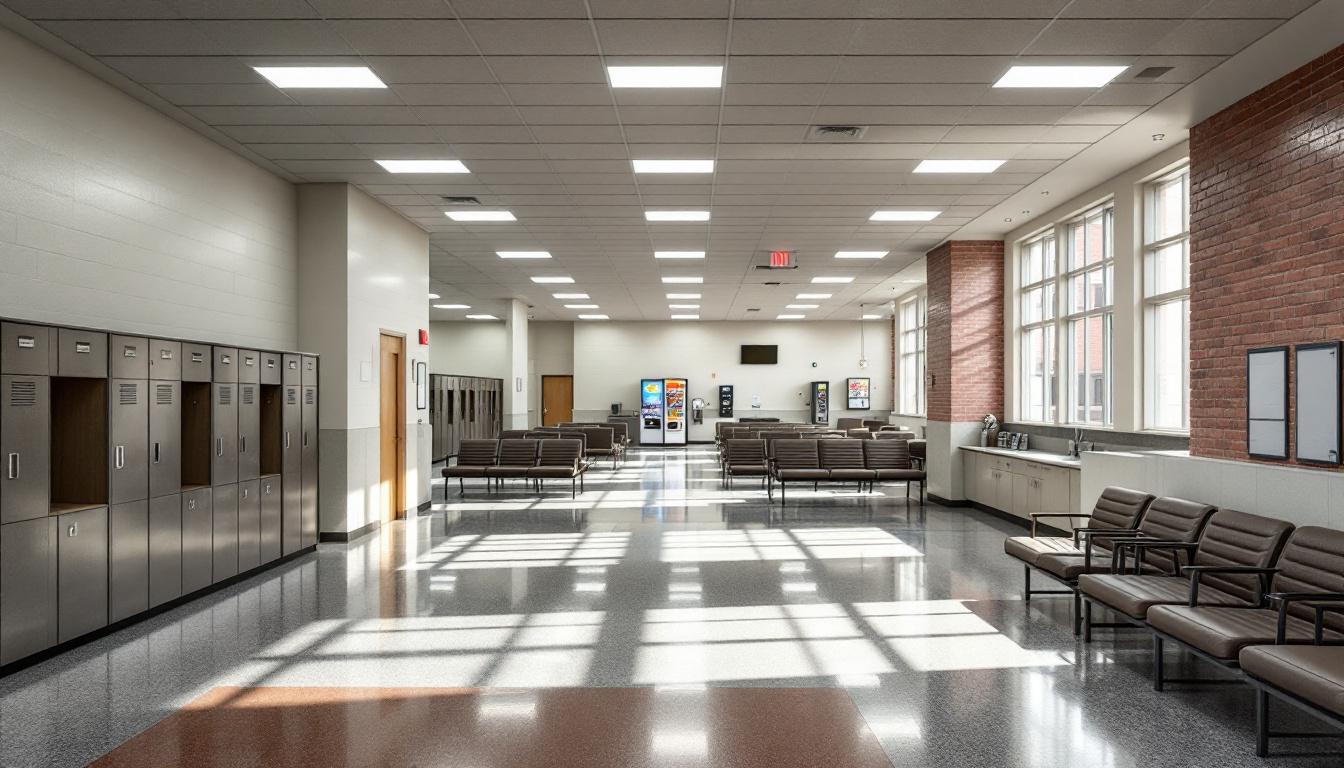
The rhythm of structured schedules begins before sunrise and continues throughout each day, with residents following a carefully organized routine that delivers consistency and predictability to their environment. Today’s schedule typically includes designated times for meals, work assignments, educational programming, and recreational activities, while this consistent framework generally helps residents adapt to their surroundings and maintain a sense of stability during their time at the facility.
Living accommodations at Sheridan Correctional Center usually consist of housing units where residents are assigned to cells or dormitory-style arrangements, depending on their classification level and the facility’s current capacity. Residents typically receive three meals daily in designated dining areas, with menus that generally meet basic nutritional requirements and may accommodate certain dietary restrictions or medical needs. Personal property allowances usually include essential items like clothing, hygiene products, and limited personal belongings, while commissary services often provide opportunities for residents to purchase additional approved items to supplement their daily needs.
Furthermore, the facility typically offers various work assignments that may include kitchen duties, maintenance tasks, laundry services, or other institutional operations that help residents develop job skills while contributing to facility operations. Although recreational opportunities are generally scheduled during specific time periods, residents usually have access to exercise areas, television viewing, and sometimes library services or educational programming. Visitation policies typically allow approved family members and friends to maintain connections through scheduled visits, while communication options may include monitored phone calls and correspondence, helping residents preserve important relationships and support systems during their incarceration.
Ready to Connect?
Start communicating with your loved one today
Search for an Inmate

